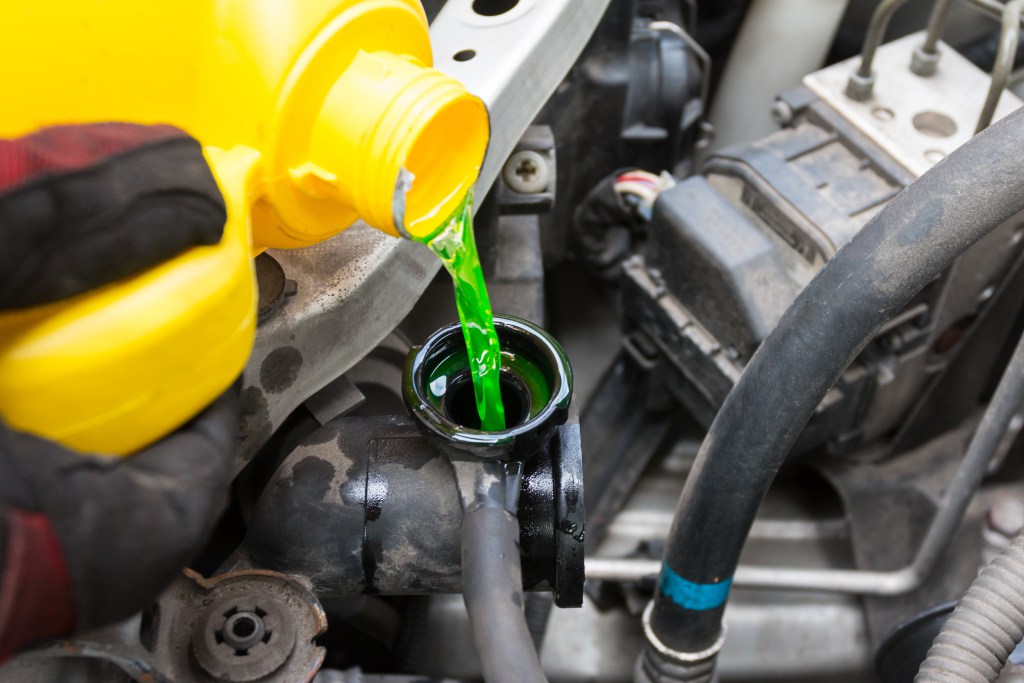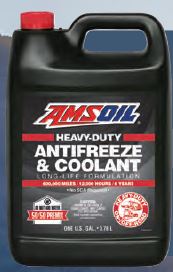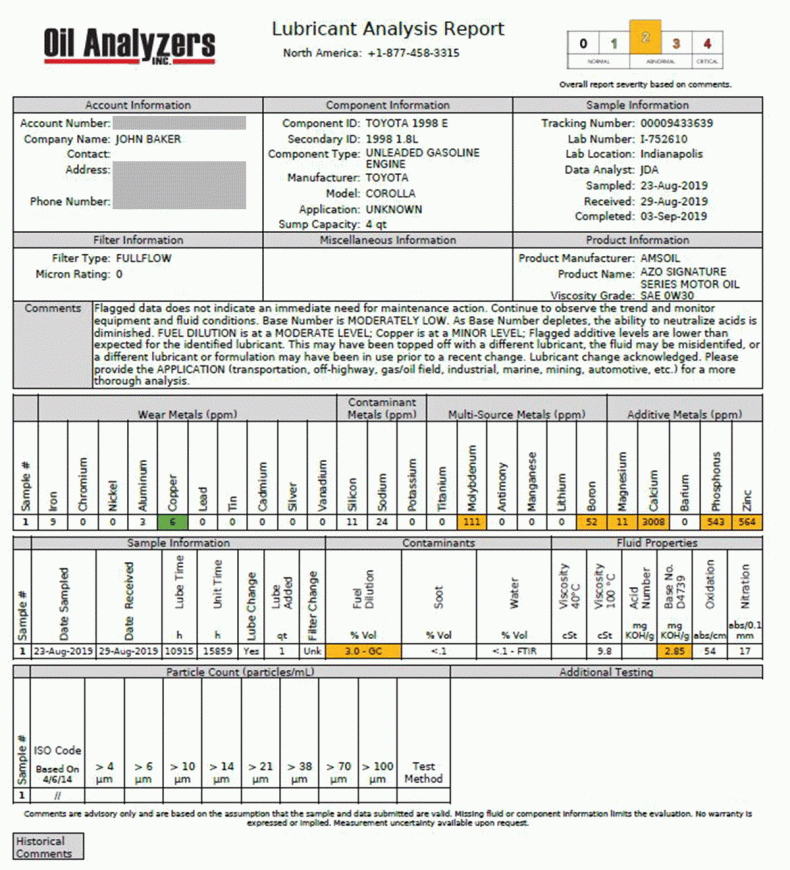Do Coolant Additives Work? And if so how and why? John Baker|Feb 05, 2025 10:39 AM Store shelves contain several coolant additives that promise to reduce engine heat, control overheating and fight corrosion. Now available at Stan Houston’s on W. 12th ST! Do coolant additives work? And, if so, are they necessary? It’s tough to top good […]
You are browsing archives for
Tag: coolant
Why is there this hard to Flush Slime in...
Why is there Sludge or Slime in my Radiator? John Baker|Aug 24, 2018 9:28 AM Cooling-system issues account for nearly 40 percent of engine failures. Clearly, it pays to take care of your vehicle’s cooling system. Sludge/slime are one of the common symptoms of larger problems. Left unchecked, it’ll plug the radiator, heater core or […]
A Simple Way To Fight Cylinder-Liner Cav...
A SIMPLE WAY TO FIGHT CYLINDER-LINER CAVITATION In extreme cases, cylinder-liner cavitation in diesels can allow oil and coolant to mix. Then it’s just a matter of time until engine failure. Here’s what you can do to help ensure that doesn’t happen. Most diesel engines are designed with replaceable cast-iron cylinder liners that are pressed […]
Oil Analysis Kits – They’re Easy
How to Perform Oil Analysis We keep these kits right here in the Omaha store. Ask for the one with postage or with out for a slight savings. When doing several vehicles use the one w/o postage to send all together. John Baker|Sep 12, 2019 11:57 AM Used oil analysis is one of the most […]



